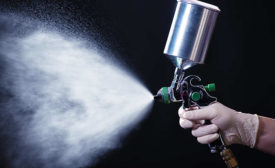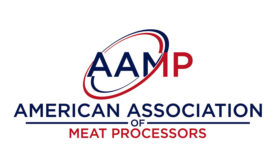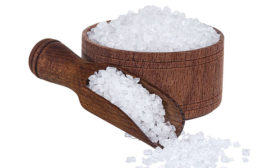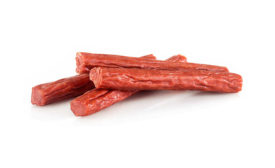Meat and Poultry Processing
Tech | Processing
Grease is the word
Meat and poultry processors that give high priority to lubrication can strengthen plant operations.
Read More
Tech | Processing
Battle versus bacteria heats up
Bacteriophages are providing more firepower for meat and poultry processors in the battle against microbials.
Read More
Commentary | Poultry Perspectives
Pest-repellent paint: poultry-safe, environmentally friendly
Read MoreAAMP
How AAMP works for small processors
AAMP membership provides professional support and growth you won't find anywhere else.
Read More
Product Focus | Functional Ingredients
Functional Ingredients Promote Product Quality and Safety
Read MoreProduct Focus | Metal Detection
Preventive maintenance for metal detectors
What it is and why it’s important.
Read More
Stay ahead of the curve. Unlock a dose of cutting-edge insights.
Receive our premium content directly to your inbox.
SIGN-UP TODAYCopyright ©2024. All Rights Reserved BNP Media.
Design, CMS, Hosting & Web Development :: ePublishing














